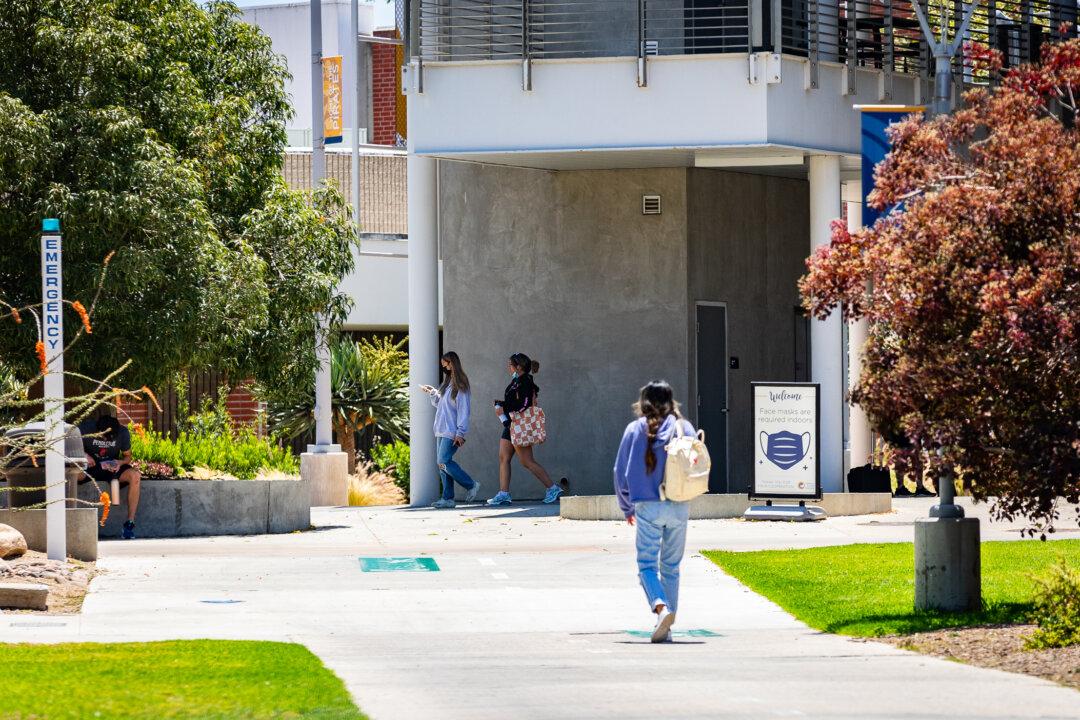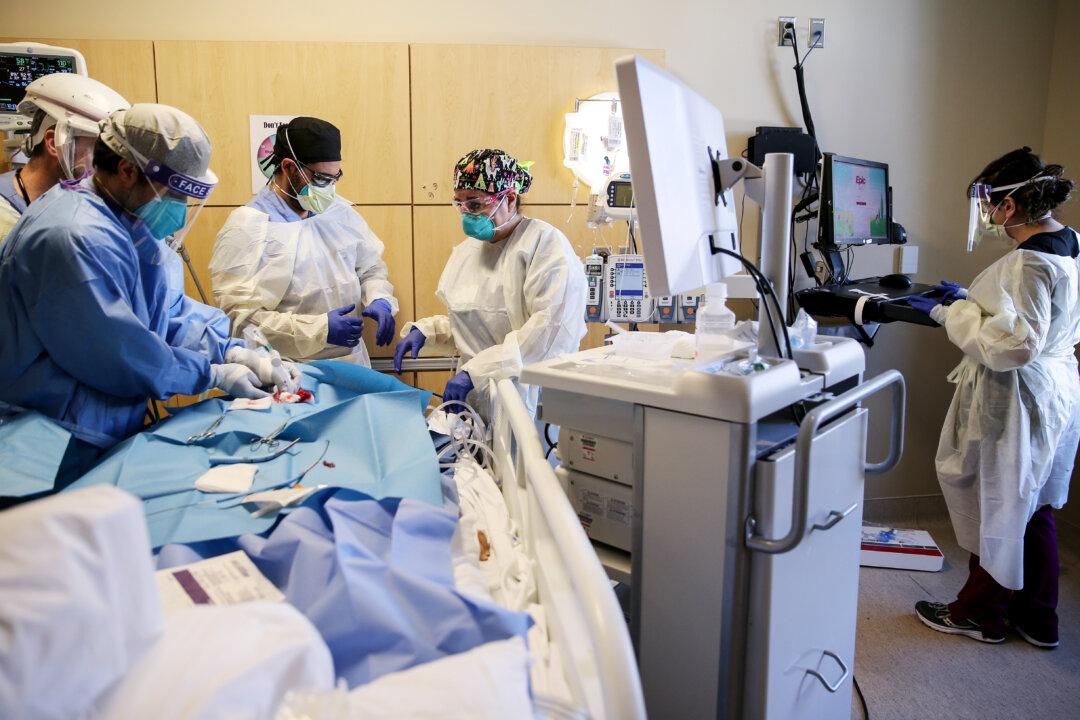A new sub-variant of Omicron detected in California a few weeks ago is now proliferating in Europe and Asia, and Los Angeles County health officials worry that the new strain could lead to a new COVID-19 surge in the county.
BA.2, known as the “Stealth Omicron,” is one of the four Omicron sub-variants. Recent transmission was primarily led by the Omicron BA.1 variant, but now BA.2 is rapidly spreading in many countries including the United Kingdom, Denmark, India, and Singapore, according to Memorial Sloan Kettering Cancer Center.




